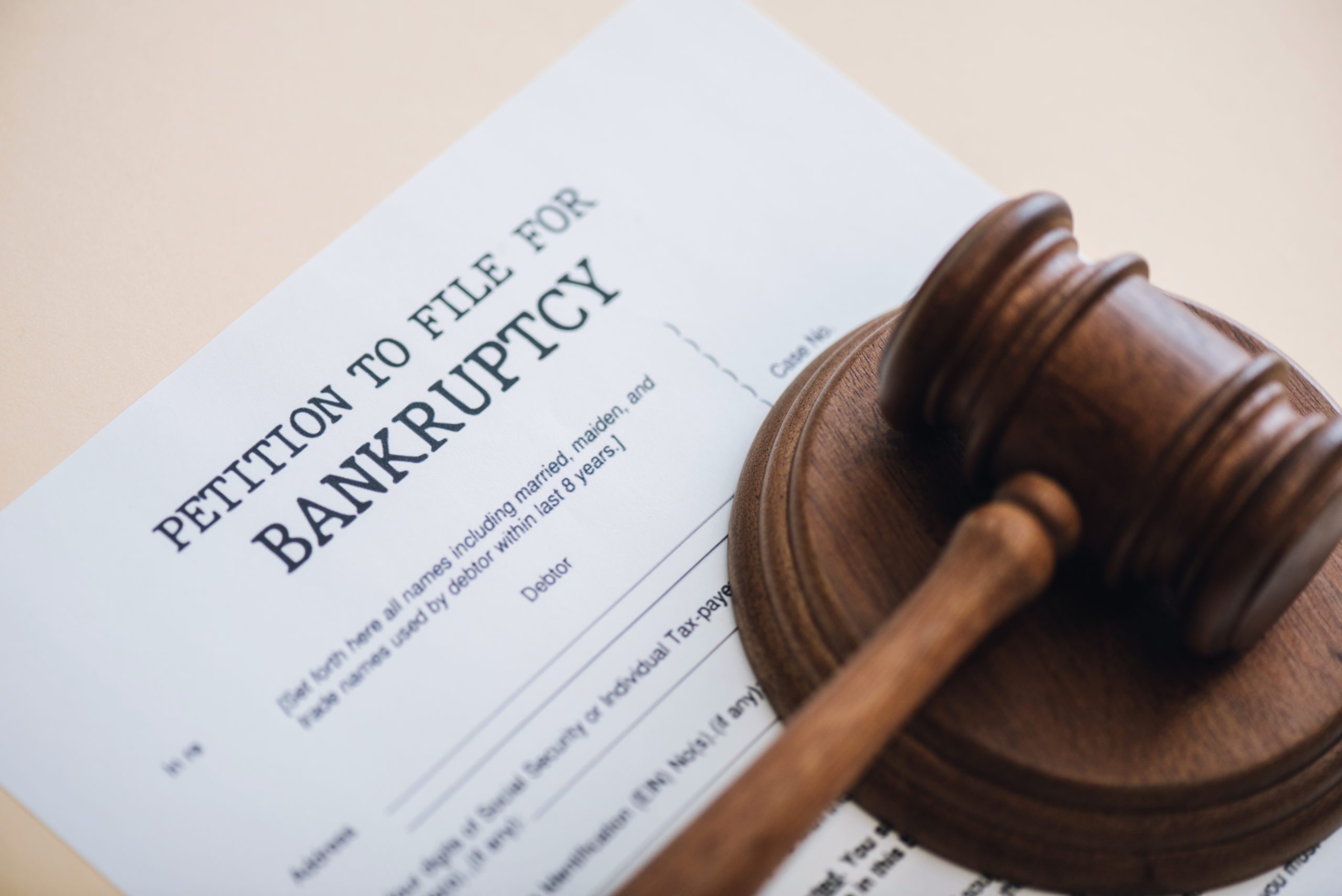Understanding Bankruptcy: Chapter 7 vs. Chapter 13

Bankruptcy is a term most have heard, but only the financially unfortunate must learn to understand.
However, this is not just an unlucky few. Today, most bankruptcies are filed by consumers rather than businesses.
Over the past 20 years, there have been an average of 399,269 bankruptcy cases filed yearly in the United States.
*** SPECIAL NOTE *** – If your credit cards, personal loans, or medical debts have become unmanageable and you owe over $20,000… then go here for debt relief. We can help!
If you are running out of options to pay off your debts, this article will explain the differences between chapter 7 and chapter 13 bankruptcy and provide an alternative that may be better for you in the long run.
What Is Bankruptcy?
Bankruptcy is a legal process through which severely indebted individuals pay their creditors by liquidating assets or adhering to a court-ordered repayment plan.
This strategy is a last-ditch effort for those who simply cannot repay their debt and have exhausted all other options. However, some forms of debt cannot be erased through bankruptcy, including:
- Mortgages
- Tax debts/government fees
- Child support/alimony
Individuals filing for bankruptcy typically use one of two methods when filing for bankruptcy: Chapter 7 or Chapter 13.
How Does Chapter 7 Bankruptcy Work?
Chapter 7 Bankruptcy, also known as liquidation bankruptcy, is generally used for low-income debtors with few to zero assets and a relatively simple case.
Upon court approval—usually several months after filing for liquidation bankruptcy—your unsecured debts (e.g., medical bills, personal loans, credit card balances) will be erased or “discharged.” You may be able to discharge secured debts, like a car loan, if you relinquish that particular property.
Both business entities and individuals can apply for Chapter 7 Bankruptcy. However, you must earn below the median income level in your state or pass a means test.
How Does Chapter 13, Bankruptcy Work?
Chapter 13 Bankruptcy, also known as reorganization bankruptcy, is typically employed by high-income individuals who don’t want to liquidate their property. Instead, the court will issue a repayment plan.
Some unsecured debts may be erased following the payment plan, and others balances may be reduced if the underlying asset has depreciated.
For example, the court may lower your car loan balance based on the car’s current value.
Only individuals and sole proprietors can apply for Chapter 13 Bankruptcy.
In addition, you cannot have more than $419,265 of unsecured debt or $1,257,850 of secured debt.
How To Avoid Filing For Bankruptcy
Filing for bankruptcy is one of the worst things you can do to your credit.
A bankruptcy remains on your credit report for up to 7 or 10 years for Chapter 13 or 7, respectively. You should only take this path if you’ve exhausted all other avenues.
At Americor, we understand the unique financial challenges people are facing today.
As America’s trusted source for debt relief solutions, we aim to empower you with financial knowledge that can lead to informed decisions, whether it’s about savings, investments, or managing debt.
If your debt has become unmanageable and you have difficulty making your debt payments each month, then you should consider a FREE consultation call with one of our certified Debt Consultants, who can provide personalized debt relief advice tailored to your specific needs.
By taking proactive steps today, you can put an end to your financial stress and work towards a brighter financial future.
Remember, there is always hope for debt relief, and our team of experienced professionals are ready to guide you on your journey to regaining control of your finances.
For more information on Americor’s debt relief services, contact us today to see how we can help you eliminate your debts, and get on the fast-track to becoming completely debt-free!